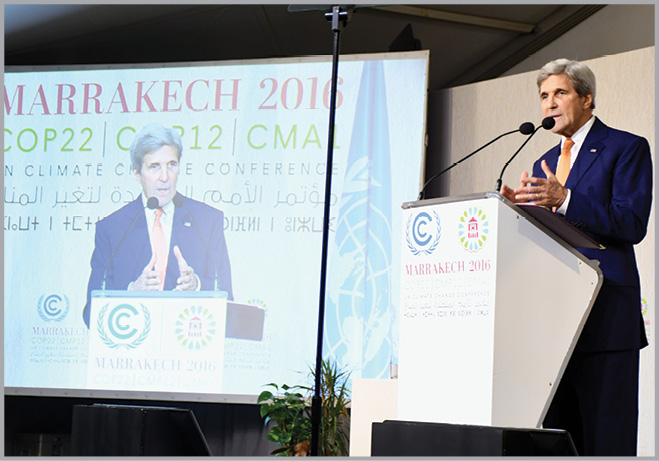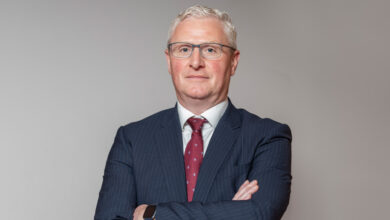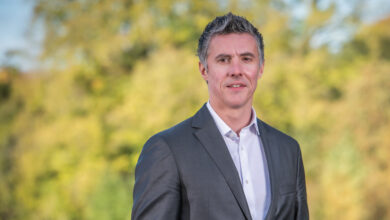COP22 in Marrakech


A total of 111 nations have now ratified the Paris climate agreement and the recent COP22 in Marrakech has outlined a 2018 target for implementation.
Amid the impending election of probably the biggest international set back to any climate change deal, in the form of US presidential candidate Donald Trump, global nations spent two weeks in November trying to establish the best way forward for implementing the targets set out in the Paris Agreement.
Towards the end of talks, Trump’s election was confirmed and the climate change sceptic who has previously pledged to withdraw the US from the Agreement, was the focus of a document adopted by the conference to call on all nations to “honour promises made in Paris and renew their attempts to stave off disaster”.
Recent months have brought around a swell in the number of nations committed to the agreement made in Paris. Since September 88 nations, including 11 at the conference in Marrakech, have ratified the Paris Agreement. That number exceeds the 55 nations representing 55 per cent of global emissions needed for the agreement to become law.
Although the Paris Agreement noted that voluntary national emissions targets would not be enough to meet global warming goals, the COP22 acknowledged that 2018 implementation of tougher carbon cuts was unlikely for governments, instead opting to put pressure on reinforcing existing plans. Many countries pledged to review ambitions by 2020. The 47-member Climate Vulnerable Forum, made up of developing countries declared a move towards green transition, with an ultimate aim of 100 per cent renewable. The conference also launched the NDC Partnership, a coalition of nations aimed at helping poorer nations meet their climate goals.
Four countries, including the US, took the opportunity to publish their strategies for reducing greenhouse gas emissions by 2050. Germany is targeting 80-95 per cent cuts from 1990 levels, while Canada and the US plan for an 80 per cent reduction form 2005 levels. Mexico published a similar strategy.
A 2050 pathways platform, championed by French envoy, Laurence Tubiana, was backed by 22 countries, 15 cities and almost 200 major businesses. Interestingly, the conference chose to defer defining the blurred lines between political decisions taken in the context of national sovereignty against global uniformity.
Countries agreed that COP23 will take place in 2018 in Bonn, Germany, with Fiji as president of the negotiations. A spring and winter session in 2017 will be largely used for consultation between governments and preparation of the exact details outlined in Paris.
Financial pledges during COP fell short of the $100 billion richer countries have pledged to mobilise by 2020. A roadmap to this investment, delivered by the UK and Australia was cautiously welcomed by developing countries and the UN, but it was noted that the UN did not endorse it.
$50 million was pledged by the US, UK and Germany to improve carbon accounting in developing countries. A further €23 million was pledged for a clean technology expertise centre and Germany paid the bulk of $80 million requested from the Adaption Fund.
In terms of damage already done by climate change, the conference decided on a five-year work plan starting in 2017 to address issues beyond climate adaption.
Commitment to the Paris Agreement was reaffirmed in the shape of the Marrakech Action Proclamation, which reads: “We welcome the Paris Agreement… and we affirm our commitment to its full implementation.”





